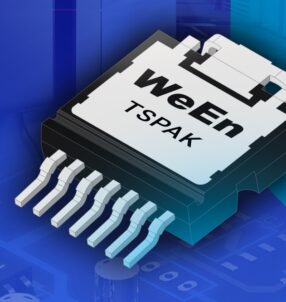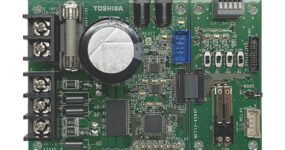Industry experts believe that the National Electronic Policy 2019, passed last week by the Union Cabinet, can provide an impetus to Make in India (MII) and its efforts to become a global hub for Electronic System Design and Manufacturing (ESDM), apart from making electronics sector more competitive.
“The policy offers significant support for the electronics sector. It is export focussed and aims to take Indian electronic manufacturing to the next level. As a rising economy, and the world’s largest market for mobile phones, India sadly does not have a competitive electronics sector. This policy aims at ensuring Indian manufacturing in the electronics sector gets its rightful place,” Lloyd Mathias, senior technology executive and former Asia Marketing Head of HP, told BusinessLine.
The last electronic policy was unveiled 2012. The new policy targets $400 billion turnover by 2025 from domestic manufacturing, setting up cluster for the entire value chain and employing over 1 crore people directly or otherwise to achieve a growth rate of 32 per cent.
“Though the target of achieving a turnover of $400 billion was included in the last NEP policy, with the changes in technology and emphasis on local production of electronics, we (Consumer Electronics and Appliances Manufacturers Association) are confident that the set target shall not remain an ambition by 2025,” said Kamal Nandi, President – CEAMA and Business Head & Executive Vice President – Godrej Appliances.
The new policy will help build a strong foundation and propel the growth of the ESDM industry, he added.
Mathias said that the policy underlines clear support mechanisms like interest subvention for manufacturers, credit guarantees, cost effective loans, fresh manufacturing clusters and the creation of a sovereign patent fund. “Given that India’s electronic hardware demand is expected to rise to $400 billion by 2023-24, the policy clearly expects that most of this will be indigenously produced, reducing India’s import bill on electronics,” he added.
B Thiagarajan, Joint Managing Director, Blue Star, said that this policy will yield faster indigenisation which would be of great benefit as it brings down the cost substantially. He pointed out, that of the ₹20,000 crore AC industry, ₹5,000 crore comprises the electronic components. This share is going to increase to ₹10,000 crore in the next five years.
Thiagarajan said that IoT-based refrigerators and cold chain facilities will become cheaper if they are locally manufactured. “We were unnecessarily making someone else rich when we (India) do have domestic competence and capabilities in that area”, he said, while acknowledging that some components will need to be imported still.
Anuj Poddar, Executive Director, Bajaj Electricals Limited, said the policy will allow Bajaj Electricals to strengthen its expertise in the areas of IoT, Artificial Intelligence, smart lighting solutions, and domestic appliances. “ We would also look forward to a similar impetus for the small electrical appliances sector, which touches a much wider mass of households in our country.” he said.
Manish Sharma, Vice President, Appliances Company, Panasonic Corporation | President & CEO, Panasonic India & SA, said it is a welcome move for the appliance and consumer electronics sector. It is important to build the necessary infrastructure, skillset, and incentives to “truly help realise the potential within the industry and offer a level playing field to all players”.
The creation of the Sovereign Patent Fund to promote the development of intellectual property in the ESDM sector will boost export competitiveness, said Mathias.
Avneet Singh Marwah, CEO, SPPL (exclusive licensing partner of Thomson TV), said that for Thomson TV, the policy is a very encouraging sign because, the company can look at exporting too. “Ïf you want to build a manufacturing nation, I believe it has to be an export driven market,” he said.
Nandi noted that the policy has moved away from schemes like M-SIPS which offered incentives to companies for setting up manufacturing units and has introduced schemes which are easier to implement, for example, Interest Subvention and Credit Guarantee. “This is to encourage new units as well as to facilitate the expansion of existing units. It also promotes a forward-looking and stable tax regime through the Phased Manufacturing Program (PMP) for various electronic goods,” he said. Mathias said that he would have hoped to see a clear waiver on Research and Development spend in the policy, “as the future will be about local value addition and not just import substitution.”
[“source=thehindubusinessline”]
| M | T | W | T | F | S | S |
|---|---|---|---|---|---|---|
| 1 | 2 | 3 | 4 | 5 | 6 | |
| 7 | 8 | 9 | 10 | 11 | 12 | 13 |
| 14 | 15 | 16 | 17 | 18 | 19 | 20 |
| 21 | 22 | 23 | 24 | 25 | 26 | 27 |
| 28 | 29 | 30 | 31 | |||



























